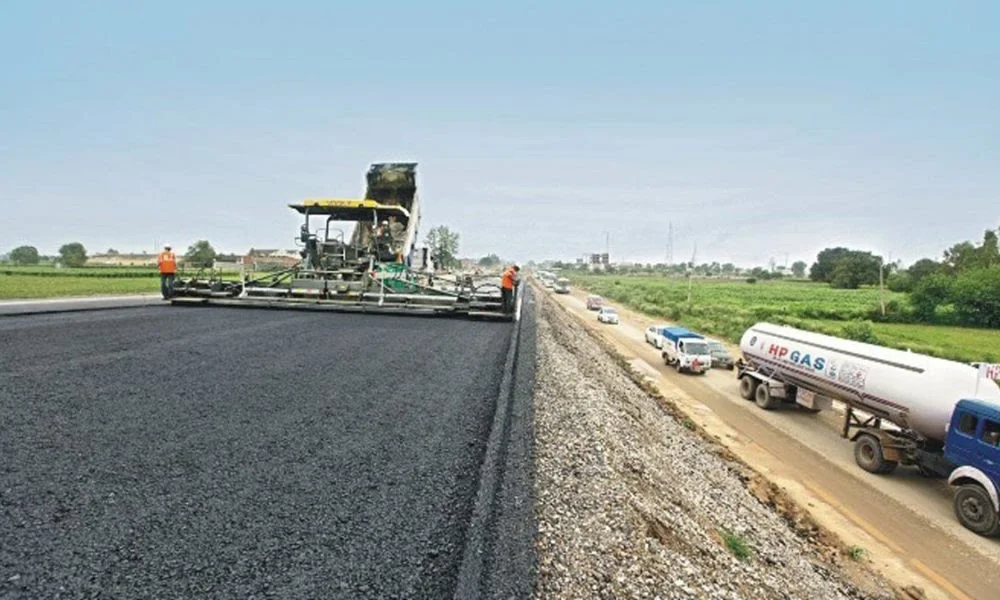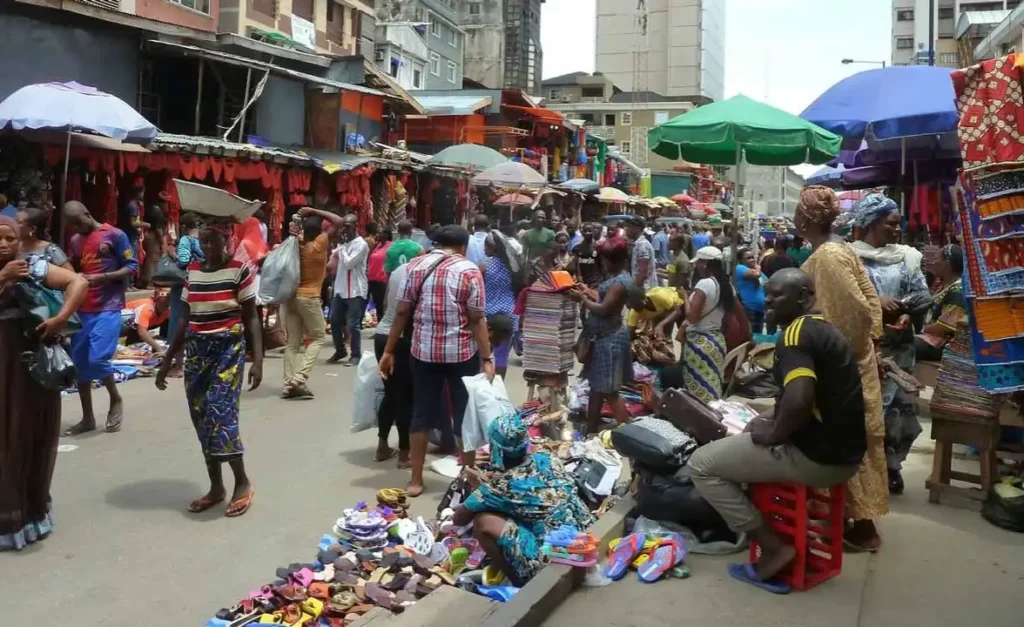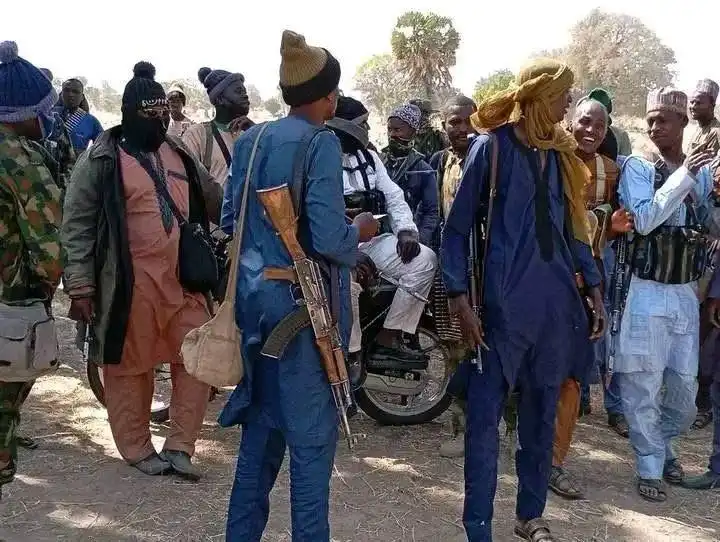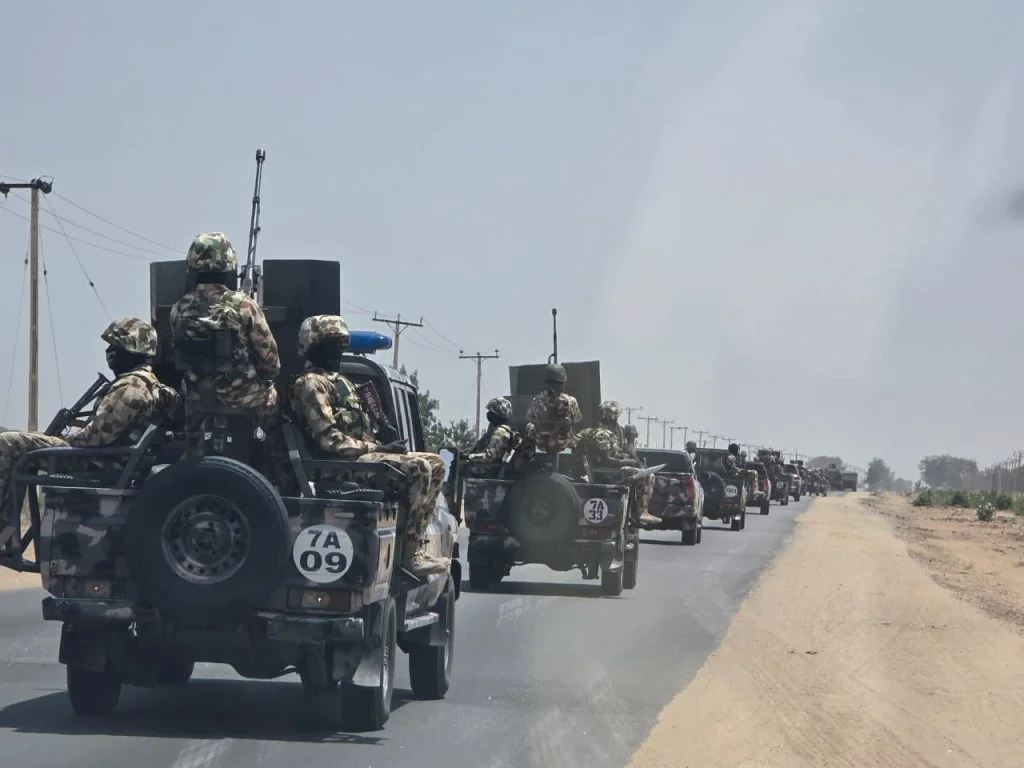In March 2024, the Federal Government initiated work on the ambitious Lagos–Calabar Coastal Highway, marking the start of a transformative coastal infrastructure program. Launching the first 47.47-kilometre segment, stretching from Victoria Island’s Ahmadu Bello Way to Lekki’s Eleko, officials formally handed the zone to contractors and initiated earthworks. This segment uses reinforced concrete pavement to ensure long-lasting structural integrity and reduced maintenance.
Empowering Construction with a Firm Deadline
The Works Ministry established strict guidelines: the 47.47 km Section One must finish within 36 months, while subsequent sections will progress simultaneously as engineering designs and approvals mature. A robust EPC+F (Engineering, Procurement, Construction + Financing) model places the bulk of delivery risk on contractors while allowing government involvement in financing, promoting professional execution and accountability.
Early Project Mobilization Signals Efficiency
Contractors displayed rapid action following handover. Within weeks, they mobilized equipment, cleared obstacles, and completed around 1.3 km of earthworks, indicating strong operational readiness. By mid‑2025, reports showed 70% progress on Section One, with an early 30 km stretch—from Victoria Island to Eleko—cleared and prepared. This section will soon open to through traffic, serving as a tangible milestone.
Presidential Inauguration and Tolling Roadmap
The federal government marked this achievement by officially inaugurating the first 30 km late in May 2025. The opening included a visible six-lane, dual-carriageway roadway with space for future toll stations. Authorities confirmed that tolling will commence within the first five to ten years of opening this stretch, funding future maintenance and expansion without new public debt.
Strategic Structure, Durable Design
Designed for longevity and resilience, the highway features 275mm-thick reinforced concrete, embedded channels for utilities, and provisions for solar lighting—in line with carbon-offset guidelines. Planners also included the potential for wind turbines along the corridor, reinforcing a broader vision for sustainable infrastructure.
Corridor Benefits: Trade, Mobility, Decongestion
The highway addresses multiple development goals. It will divert cargo traffic away from congested port zones—especially Apapa—while connecting major industrial zones in Lekki, including the refinery and fertilizer complex. Once extended through coastal states, it will facilitate efficient freight and passenger movement linking Lagos to Cross River and beyond.
This corridor will stimulate local economies via new tourism, housing, and industrial developments along the coastal stretch. Urban dwellers and regional travellers alike stand to benefit from improved mobility and access.
Careful Land Acquisition and Alignment Refinement
The project reached affected communities through a transparent compensation process that saw over ₦15 billion paid to displaced households and enterprises. Engineers also adjusted the route—cutting lane widths in some areas—to preserve luxury resorts and minimize environmental impact. These modifications balanced technical requirements with community interests.
Legislative Oversight Ensures Quality and Transparency
Parliamentary oversight committees have reviewed progress, commended execution quality, and urged strict compliance. Clarifications emphasized that the highway’s 70% completion refers solely to Section One. Project leads committed to full delivery by January 2026—and to expanding work into Section Two and Three as funding rolls in.
Phased Construction for Full Corridor
-
Section One (47.47 km): Completed mobilization and nearing full finish, target early 2026.
-
Section Two (~55 km to Ogun/Ondo border): Design details now approved, construction slated to begin soon.
-
Subsequent Sections: Contracts secured for stretches through Akwa Ibom and Cross River; work will continue in parallel toward the eight-year full corridor goal.
Public Debate and Community Concerns
Public sentiment mixes enthusiasm and caution. Many welcome improved road access and economic promises; others remain wary of costs, displacement, and affordability once tolls begin. Critics ask for stronger oversight on acquisition processes and environmental assessments. Authorities have responded by reaffirming transparency measures and community consultation protocols.
Regional Importance and Economic Integration
This highway extends beyond national benefit—it supports regional trade with West and Central Africa. Linking Lagos to Calabar opens gateways for agricultural exports, inland industrial zones, and tourist circuits. The corridor aligns closely with larger pan-African infrastructure plans aimed at enhancing continental connectivity.
Infrastructure Safety and Longevity Measures
Maintaining the highway depends on sustained security and infrastructure protection. The government pledged to safeguard embankments, safety installations, drainage systems, and solar lighting setups from vandalism. Regular inspections and maintenance funding are also part of the long-term strategy.
Economic and Mobility Outlook
Once complete, the Lagos–Calabar Coastal Highway promises to:
-
Decongest Lagos freight traffic by offering alternate coastal logistics routes.
-
Spread economic growth across southern states through better market access.
-
Cut travel times and ensure year-round transportation resilience.
-
Activate coastal tourism, property, and trade investment along the route.
Conclusion: A Bold Build Toward National Progress
The Lagos–Calabar Coastal Highway stands as a landmark national project moving from blueprint to reality. The initial 47 km segment, now open and nearing completion, serves as proof of concept for an expansive coastal road network that could redefine southern Nigeria’s economic landscape.
If developers maintain progress, meet standards, and enforce financial viability, this highway could improve mobility, economic opportunity, and regional integration. Addressing community, funding, and security concerns will prove essential to ensuring that this corridor delivers inclusive, sustainable impact across the region.






